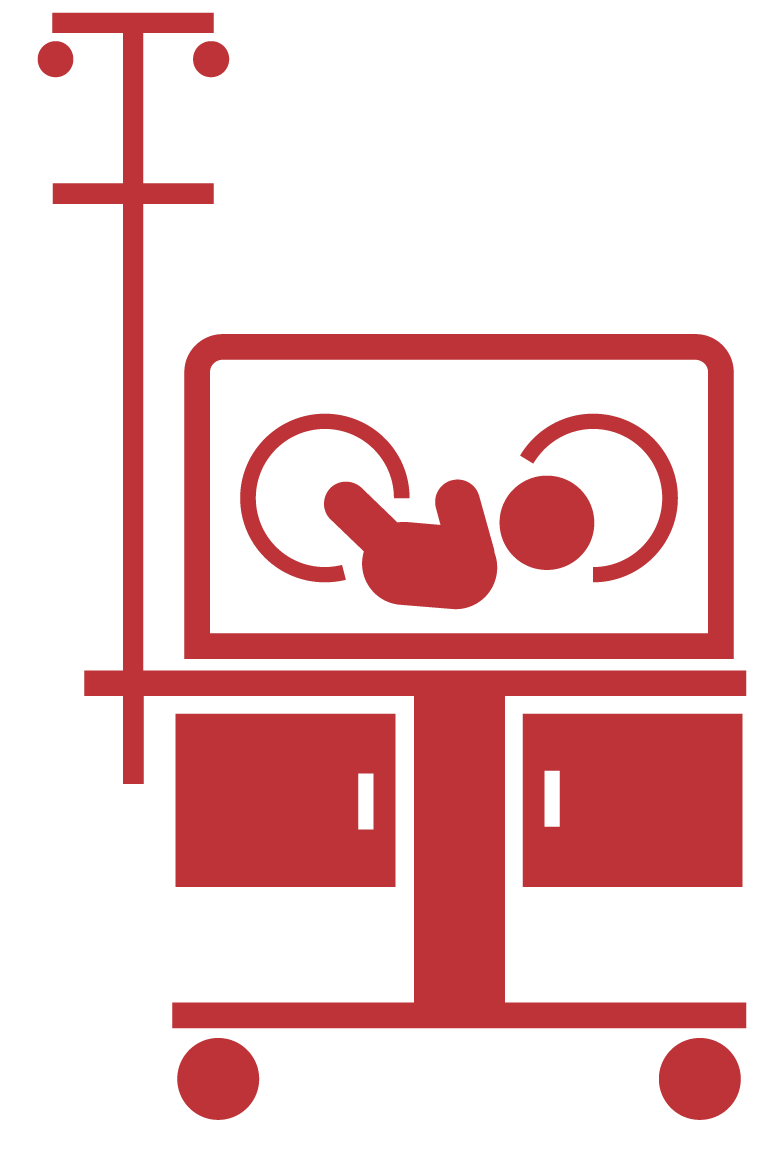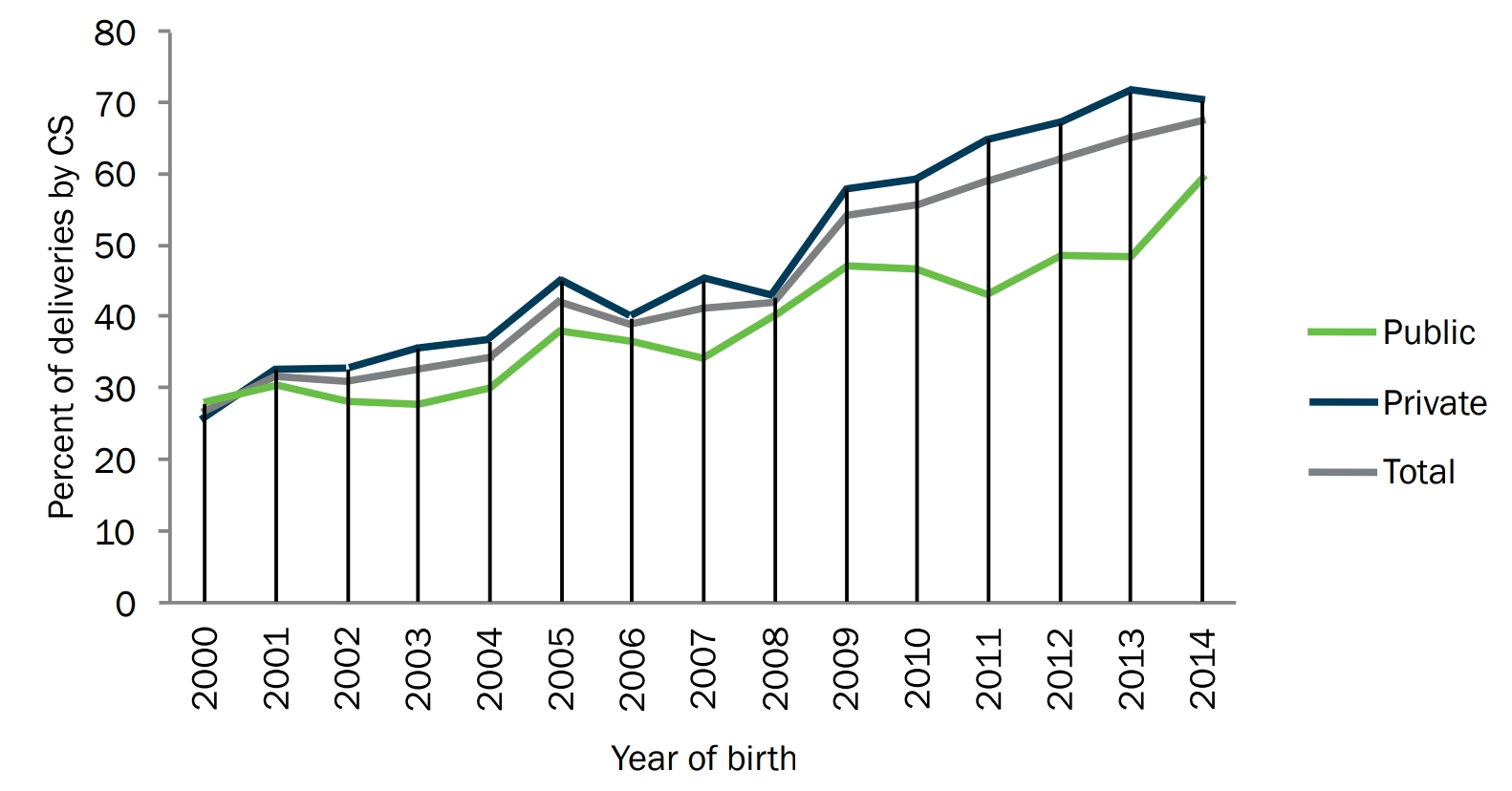Of the mothers who received any pregnancy care, there is a percentage that received regular pregnancy care and at least one Tetanus shot during their term with the last born who survived in the five years prior to the survey.
Of those born alive in the last five years prior to the survey, there is a percentage born through medical services and a percentage born through a Caesarean section, by their place of residence in terms of urban or rural settings in Egypt from 1988 to 2014.
Former Member of Parliament Fayez Barakat holds the Ministry of Health and the Egyptian Medical Syndicate responsible for the escalation of unjustified Caesarean sections newborn deliveries, and for the risks to which mothers and children are exposed since these are the two entities that should monitor the work of doctors. He noted that some doctors rush to perform a Cesarean section for profit purposes. As for his parliamentary request to commit doctors to writing a medical report to be submitted to a specialized panel before performing a Caesarean section, he says that, “Nothing has happened.”
The investigator repeatedly tried to communicate with the spokesperson at the Ministry of Health, Dr. Khaled Mujahed and then with Tariq Tawfiq, the Deputy Minister of Health for Population Affairs, but to no avail.
When she went to the Medical Syndicate to follow up on its procedures with doctors who perform medically unjustified Caesarean sections, Dr. Osama Abdel Hay, Secretary-General of the Syndicate and head of the Professional Ethics Committee, answered her, “No citizen has filed a complaint with the Syndicate because of medically unjustified Caesarean sections.” He blamed the women themselves and said, “It is a tragedy because sometimes women themselves request a Caesarean section.”
Abdel Hay was asked about the doctors’ responsibility to submit a medical report to explain the reason for resorting to a Caesarean section and presenting it to a specialized committee before the surgery and about the demand for a legislative amendment his response was, “The report on the Caesarean section should already be included in the patient’s file, but I am not sure of the rules followed in the women’s departments.”
Adam has recovered from his head wound, and Massa’s mother is working hard to remove the burn-like effects of injections from her daughter’s skin. Nada is calling on pregnant women to give birth naturally after a Cesarean section, and Marwa tries to treat the open wound left as a result of her Caesarean section. In the meantime, a medically unexplained Caesarean scalpel continues to hang over the bellies of hundreds of thousands of mothers and newborns annually.






